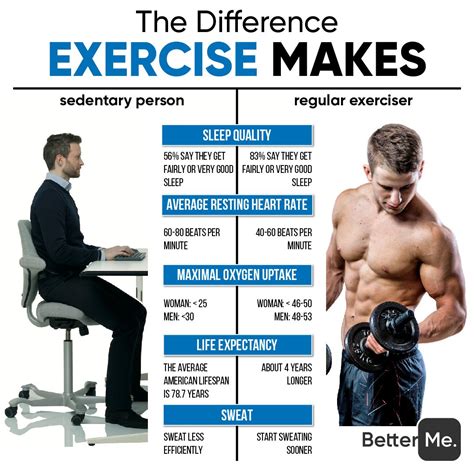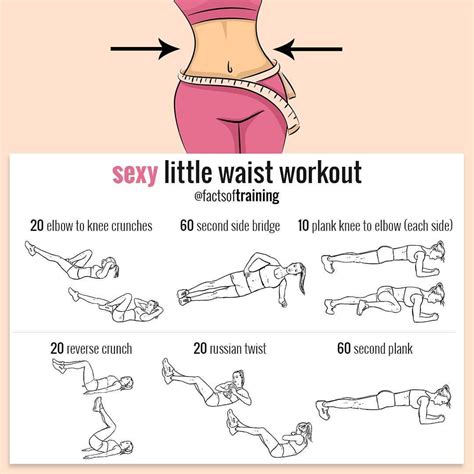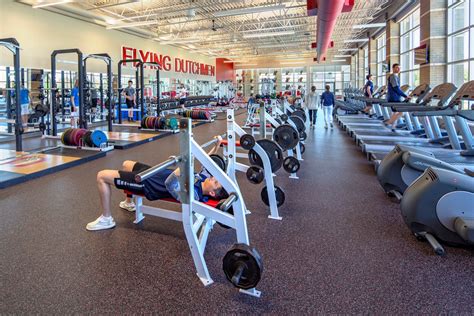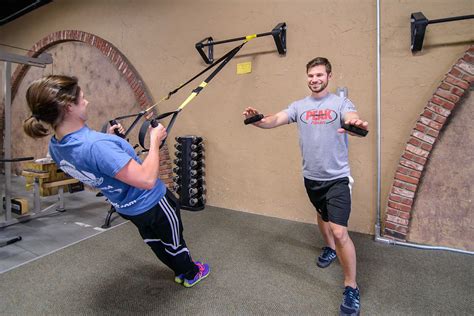Optimize gym time: What’s the most efficient workout for lean muscle & peak performance?

The Quest for Peak Efficiency
In a world demanding more from less, optimizing your time at the gym isn’t just a luxury – it’s a necessity for anyone serious about building lean muscle and achieving peak performance. With countless workout routines, philosophies, and fads circulating, discerning the most efficient path can be daunting. This article cuts through the noise, offering a science-backed approach to maximizing every minute you dedicate to your fitness journey.

Pillars of an Efficient Workout
True efficiency isn’t about rushing; it’s about intelligent design. The most impactful workouts are built on a few fundamental principles:
1. Compound Movements Reign Supreme
If you want to build muscle and burn calories efficiently, compound exercises are your best friends. These movements engage multiple joints and muscle groups simultaneously, leading to greater strength gains, increased caloric expenditure, and enhanced hormonal response. Think squats, deadlifts, bench presses, overhead presses, and rows. Prioritizing these allows you to work more muscle in less time.
2. Progressive Overload
Your muscles adapt. To continue growing and getting stronger, you must continually challenge them with greater resistance, more repetitions, increased volume, or reduced rest times. This principle of progressive overload is non-negotiable for sustained progress and ensures your body is always pushed to adapt and improve.
3. Proper Form and Mind-Muscle Connection
Lifting heavy is important, but lifting heavy with poor form is a recipe for injury and inefficient muscle activation. Focus on executing each repetition with controlled, precise movements. Actively concentrating on the muscle you’re working (mind-muscle connection) enhances recruitment and hypertrophy, making every rep count.

Optimal Workout Structures for Lean Muscle & Performance
Given these pillars, certain workout structures prove highly efficient:
Full-Body Workouts (3-4 times per week)
For many, especially those with limited time, a well-designed full-body routine is gold. By hitting all major muscle groups in a single session, you stimulate protein synthesis across the entire body more frequently throughout the week. A typical structure might involve 1-2 compound exercises per major muscle group, performed for 3-4 sets of 5-12 repetitions. This approach allows for ample recovery between sessions while maximizing training frequency.
Upper/Lower Splits (4 times per week)
If you have a bit more time, an upper/lower split offers a good balance. You typically train upper body twice a week and lower body twice a week. This allows for more dedicated volume per muscle group than a full-body routine, promoting greater hypertrophy and strength while still providing adequate recovery.
Integrating High-Intensity Interval Training (HIIT)
For peak performance and cardiovascular fitness, HIIT is incredibly efficient. Short bursts of intense exercise followed by brief recovery periods can improve anaerobic and aerobic capacity, boost metabolism, and burn fat in significantly less time than traditional steady-state cardio. Incorporate 1-2 HIIT sessions per week on non-lifting days or at the end of a strength session.

Beyond the Lifts: Nutrition, Recovery & Mindset
An efficient workout only gets you halfway. Your efforts outside the gym are equally critical for lean muscle development and peak performance.
Fueling for Growth: Nutrition
To build lean muscle, you need to consume enough protein (around 0.7-1 gram per pound of body weight) to support muscle repair and growth. A balanced intake of complex carbohydrates provides energy for intense workouts, while healthy fats are crucial for hormone production and overall health. Hydration is also paramount; drink plenty of water throughout the day.
The Power of Recovery
Muscles aren’t built in the gym; they’re built during recovery. Aim for 7-9 hours of quality sleep per night. Incorporate active recovery like stretching, foam rolling, or light walks to improve blood flow and reduce muscle soreness. Overtraining can hinder progress and lead to burnout, so listen to your body.

Cultivating a Performance Mindset
Consistency, discipline, and patience are often overlooked components of an efficient fitness journey. Stay consistent with your training and nutrition, be disciplined in your approach, and understand that sustainable results take time. Track your progress to stay motivated and make informed adjustments.
Sample Efficient Workout Structure (Full-Body Example)
Here’s a simplified example of how an efficient full-body workout might look:
- Warm-up: 5-10 minutes of light cardio and dynamic stretches.
- Workout A (e.g., Monday):
- Barbell Squats: 3 sets of 5-8 reps
- Bench Press: 3 sets of 5-8 reps
- Barbell Rows: 3 sets of 5-8 reps
- Overhead Press: 3 sets of 8-12 reps
- Plank: 3 sets to failure
- Workout B (e.g., Wednesday):
- Deadlifts: 3 sets of 3-5 reps
- Incline Dumbbell Press: 3 sets of 8-12 reps
- Pull-ups/Lat Pulldowns: 3 sets of 8-12 reps
- Dumbbell Lunges: 3 sets of 10-12 reps per leg
- Face Pulls: 3 sets of 12-15 reps
- Workout C (e.g., Friday):
- Front Squats: 3 sets of 8-12 reps
- Dips/Close-Grip Bench Press: 3 sets of 8-12 reps
- Chin-ups/Seated Cable Rows: 3 sets of 8-12 reps
- Romanian Deadlifts: 3 sets of 10-15 reps
- Abdominal Crunches/Leg Raises: 3 sets of 15-20 reps
- Cool-down: 5-10 minutes of static stretching.
Adjust rest times (typically 60-120 seconds for compound lifts), sets, and reps based on your individual goals and recovery capacity. Remember to progress by adding weight, reps, or reducing rest over time.

Conclusion
Optimizing your gym time for lean muscle and peak performance isn’t about secret techniques, but rather a strategic application of fundamental principles. By prioritizing compound movements, embracing progressive overload, focusing on proper form, and structuring your workouts efficiently, you can make significant strides. Couple this with diligent nutrition, adequate recovery, and a consistent mindset, and you’ll transform your fitness journey, achieving more in less time and unlocking your true physical potential.








